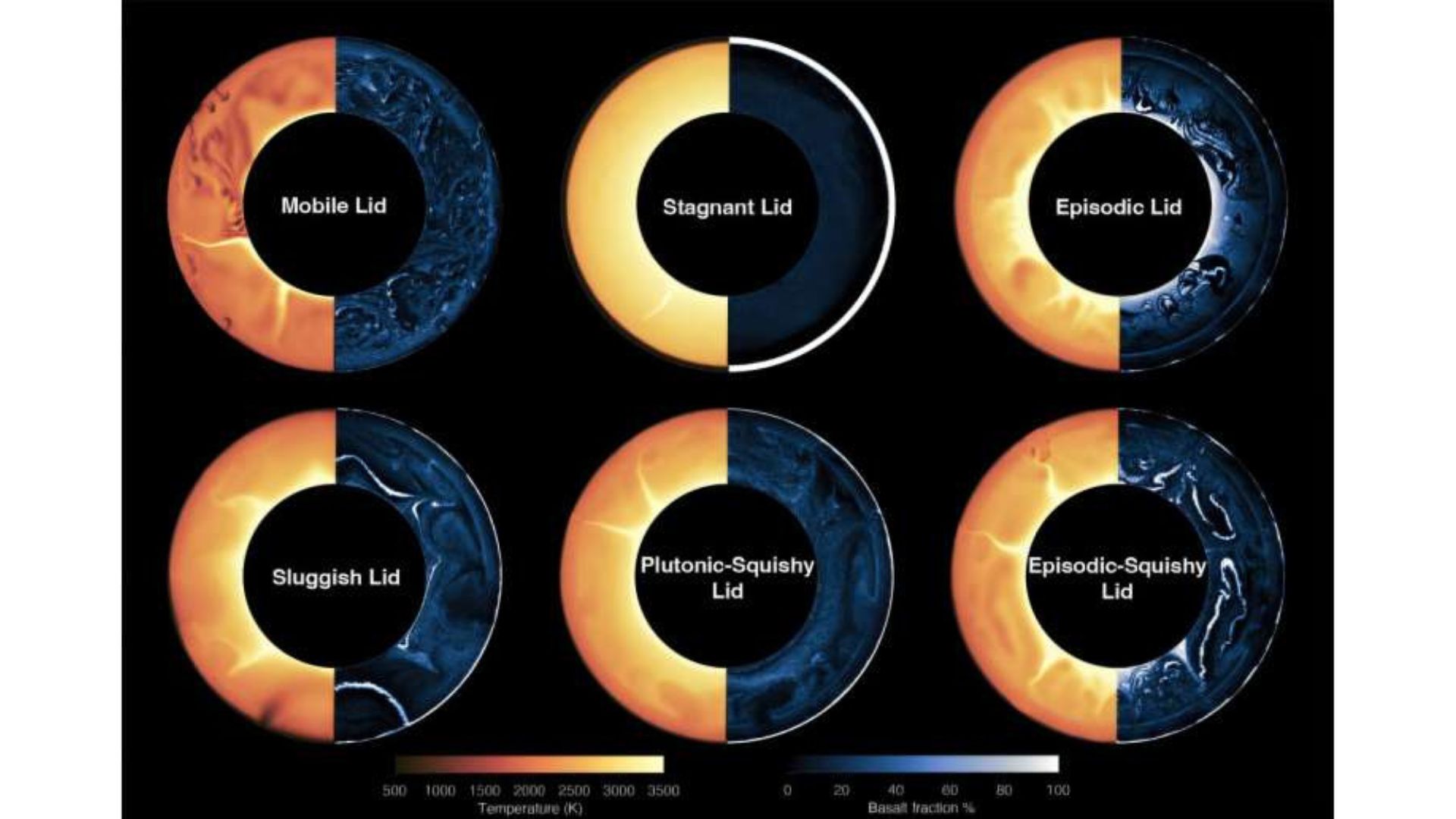This is our 1st detailed look at Mars' most mysterious moon Deimos (photos)
A moon of Mars showed off its pockmarked face in an unprecedented closeup view.
Deimos, one of the small moons of Mars, was imaged by the Hope Mars mission from as close as 60 miles (100 km), the closest look yet. The flashy new imagery was released Monday (April 24) as the community seeks to learn more about this intriguing small world.
"These images and observations represent a significant step forward in our knowledge of Deimos, its atmosphere, composition, origins, and what this means for our understanding of Mars more broadly," the United Arab Emirates Space Agency said in a statement.
For example, the spacecraft's observations of the composition of Deimos suggests the moon came from Mars itself, which is another step forward in resolving a long-standing debate about its origins.
Related: Were the Mars moons Phobos and Deimos born from another shattered moon?
How Deimos (and the other small Martian moon, Phobos) came to be have been mysteries since their discovery in 1877. Numerous spacecraft have imaged Deimos since NASA's Mariner 9 satellite in 1971, but always from afar. From well beyond 60 miles (100 km), it has been hard to determine the moon's composition. Phobos, though imaged from closer-up, has been similarly enigmatic.
Previous studies suggested the moons' compositions could be similar to asteroids (space rocks) or dwarf planets, being made up of carbonaceous chondrites, primitive meteorites are thought to be remnants of the original building blocks of planets. The moons are also potato-shaped and small, much like asteroids, suggesting Mars may have snatched them when they strayed too close to the Red Planet.
Breaking space news, the latest updates on rocket launches, skywatching events and more!
But that theory is not a slam-dunk, as (for example) the orbit of Deimos is almost circular and the moon travels in a way that suggests it previously slowed against the atmosphere of Mars. Numerous formation theories have been put forward, such as it originating from Mars, from rubble or even from a collision of small bodies.
The new data from the Emirati mission was obtained from the Emirates Mars Infrared Spectrometer. It suggests that both Phobos and Mars are "more akin to a basaltic Mars, than a D-type asteroid such as the Taggish Lake meteorite that is often used as an analog for the spectral properties of Phobos and Deimos," instrument scientist Christopher Edwards said in the same statement.
The spacecraft, also known as the Emirates Mars Mission, began flying by Deimos in late January during the commissioning phase. High-resolution images were obtained starting in March. The mission is expected to continue flying by Deimos periodically through 2023.
Elizabeth Howell is the co-author of "Why Am I Taller?" (ECW Press, 2022; with Canadian astronaut Dave Williams), a book about space medicine. Follow her on Twitter @howellspace. Follow us on Twitter @Spacedotcom or Facebook.

Elizabeth Howell (she/her), Ph.D., was a staff writer in the spaceflight channel between 2022 and 2024 specializing in Canadian space news. She was contributing writer for Space.com for 10 years from 2012 to 2024. Elizabeth's reporting includes multiple exclusives with the White House, leading world coverage about a lost-and-found space tomato on the International Space Station, witnessing five human spaceflight launches on two continents, flying parabolic, working inside a spacesuit, and participating in a simulated Mars mission. Her latest book, "Why Am I Taller?" (ECW Press, 2022) is co-written with astronaut Dave Williams.

